Building the EdgeRelay – goTenna and Bunker on what’s needed to ensure resilient, off-grid comms
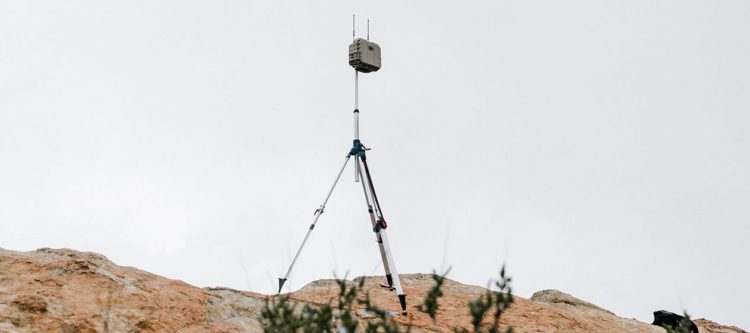
In a previous article, we discussed the recent release of goTenna’s exciting EdgeRelay solution and how this semi-permanent, ruggedized support node enables tactical operators to have mission-critical communications and situational awareness capabilities when and where the mission requires them.
However, creating a system tough enough to handle the harsh conditions and austere environments where many of these missions occur is a challenge. Ensuring that the system is powered in places where electric grids don’t exist and can be securely mounted in the optimal location for peak range and reach is also a concern.
To learn more about the inspiration behind this innovative solution, we sat down with representatives from the two companies that made it a reality – Chris Boyd of goTenna and Ryan Olsen of Bunker Supply. During our discussion, we explored the EdgeRelay’s robust features, adaptability to various environments, and real-world testing. We discussed how the EdgeRelay is already being used as a way to relay communications by federal agencies along the U.S. border.
TLM: What is the goTenna EdgeRelay? What was the inspiration for this solution?
Chris Boyd: The goTenna EdgeRelay is an ad hoc infrastructure support node that can persistently power two goTenna mesh networks for public safety, emergency responders, and military operators. The solution is designed to function autonomously in the toughest austere environments and generate a network with hundreds of square miles of coverage. It also does this with no recurring monthly costs.
This solution was a natural response to customers looking to establish semi-permanent relays to extend their mobile mesh networks at the tactical edge. Many were looking to put something together themselves with our existing products and some of the other tools and solutions that they had available on hand. However, some wanted a turnkey solution from goTenna.
“THE ROBUST 256Wh ONBOARD BATTERY WAS DESIGNED TO SUSTAIN THE SYSTEM FOR UP TO THREE DAYS WITHOUT EXTERNAL POWER INPUT, OFFERING USERS RELIABLE AND CONSISTENT PERFORMANCE, EVEN IF EXTERNAL POWER SOURCES AREN’T AVAILABLE…” –CHRIS BOYD
Hearing demand from our customer base, we performed customer research and field testing in order to develop a solution on behalf of our customers that could address multiple government use cases and missions.
TLM: What were some top-priority design considerations for developing the EdgeRelay?
Chris Boyd: Our customers asked us to design a product that would function autonomously in the toughest environments. It needed to survive in incredibly tough, austere environments and still function when and where it was needed.
To meet those requirements, we knew that the EdgeRelay would need solar and direct power options, along with a dependable internal battery that could function for a long time without external power infrastructure.
The robust 256Wh onboard battery was designed to sustain the system for up to three days without external power input, offering users reliable and consistent performance, even if external power sources aren’t available. In conjunction with the solar panel, the system can run indefinitely, using the battery to bridge nights and days without high solar irradiance.
“THIS DESIGN DECISION REFLECTS OUR COMMITTMENT TO FORWARD-THINKING INNOVATION, ENABLING THE PRODUCT TO ADAPT SEAMLESSLY TO EMERGING USE CASES AS MISSION REQUIREMENTS EVOLVE OVER TIME…” –RYAN OLSON
Due to their expertise in rugged system design, we worked with our long-standing partner, Bunker Supply, to develop some critical components of the solution.
TLM: Based on the design priorities that Chris shared, why was Bunker the perfect partner for this solution?
Ryan Olson: Bunker was the perfect design, engineering, and contract manufacturing partner for the EdgeRelay because the task required a combination of expertise, innovation, quality, customer focus, and experience across a diverse project portfolio. It was about consistently delivering exceptional value and exceeding expectations—not only goTenna’s but also the end customer’s expectations.
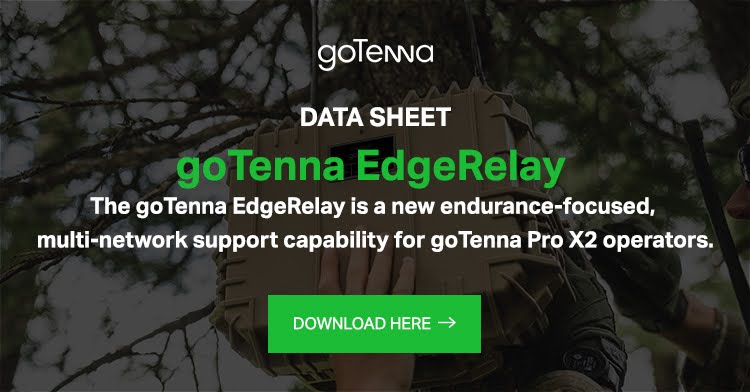
TLM: Given the diverse environments in which EdgeRelay will be utilized, how easily can it be adapted to accommodate various environmental conditions?
Ryan Olson: The development of EdgeRelay ensures superior performance across a diverse range of mission sets, even in the most demanding environmental conditions. A standout feature of the product is its integrated universal mounting plate on the back, strategically engineered to accommodate various mounting hardware options, including pole, wall, and tripod mounts.
This design decision reflects our commitment to forward-thinking innovation, enabling the product to adapt seamlessly to emerging use cases as mission requirements evolve over time. By anticipating future needs and integrating versatile attributes like the universal mounting plate with theft-deterrence features, we ensure that EdgeRelay remains at the forefront of technology, poised to meet the challenges of tomorrow’s missions with unparalleled flexibility and efficiency.
TLM: What unique hardware features, accessories, or additions make the EdgeRelay a rapidly deployable and go-to solution for operators?
Chris Boyd: The EdgeRelay weighs less than 16 pounds, which allows it to be easily transported on foot or by vehicle. It can be powered in several different ways—from its internal battery to external DC solar to AC ground power. It can also be connected to external antennas and other optional accessories to increase its range and meet mission requirements over larger distances.
“…IT’S NOT JUST ABOUT SURVIVABILITY IN HARSH ENVIRONMENTS. THE EDGERELAY WAS ALSO DESIGNED WITH THE OPERATOR AND INSTALLER IN MIND.” –RYAN OLSON
As Ryan explained, it also comes with a Universal Mount Plate that allows the EdgeRelay to be mounted to poles, posts, masts, towers, or any other sturdy structures. Installation can be done entirely by one end-user, ensuring that the EdgeRelay can be deployed quickly and easily in practically any scenario and environment.
TLM: Given the potential deployment in austere environments, what level of durability does the EdgeRelay hardware exhibit against different weather conditions and physical challenges? What steps have been taken to ensure the EdgeRelay complies with relevant industry standards and regulations?
Ryan Olson: The EdgeRelay is engineered to reliably operate in any scenario Mother Nature can throw at it. Every ingress point is gasketed and sealed, resulting in IP65 for protection against dust, water, and other environmental challenges. The EdgeRelay was designed to withstand extreme environments, and comprehensively tested in both the laboratory and the real world against extreme temperature, shock, vibration, and ingress scenarios.
The EdgeRelay also meets MIL-STD compliance standards and UN battery certification requirements. Through it all, the EdgeRelay demonstrated its ability to thrive in harsh conditions.
But it’s not just about survivability in harsh environments. The EdgeRelay was also designed with the operator and installer in mind.
“…THE EDGERELAY FUNCTIONS AS A NETWORK EXTENDER FOR DAYS, MONTHS OR EVEN YEARS ON END, ALLOWING OPERATORS TO COVER VAST AMOUNTS OF TERRAIN WITH A MESH OF CONNECTIVITY WHERE THEY COULD NOT BEFORE.” –CHRIS BOYD
A balanced center of mass and ergonomic carry handle ensures easy transportation and deployment, even in installation locations that are difficult to reach. A lockable and tamper-proof lid enhances security, protecting sensitive equipment and data. An integrated tool kit streamlines the path to getting units up and running, and easy-to-use external connections prevent user error and wiring mistakes when servicing.
TLM: What impact will the EdgeRelay have on the future of off-grid tactical communications?
Chris Boyd: There’s a reason why we use the term “set and forget” when we refer to this product. EdgeRelay users can spend more time tackling natural disasters, sustaining remote operating bases under austere conditions, or operating in challenging mission environments instead of worrying about their communications infrastructure needing adjustments or succumbing to the forces of nature. This solution can free up man-hours to focus on the core mission at hand.
Additionally, the EdgeRelay functions as a network extender for days, months or even years on end, allowing operators to cover vast amounts of terrain with a mesh of connectivity where they could not before.
These two benefits will have a significant impact on the safety of military operators, border security agents, law enforcement teams, wildland firefighters, and search and rescue teams in the years to come.
To learn more about goTenna’s EdgeRelay solution, click HERE.


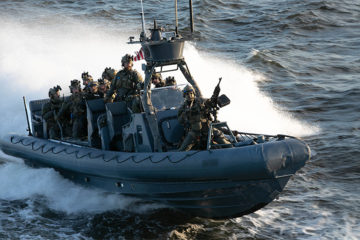
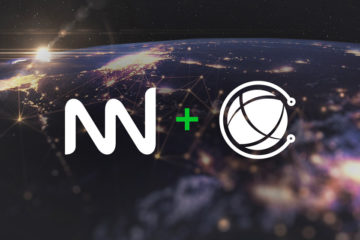
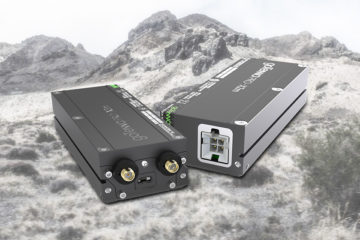


No Comment